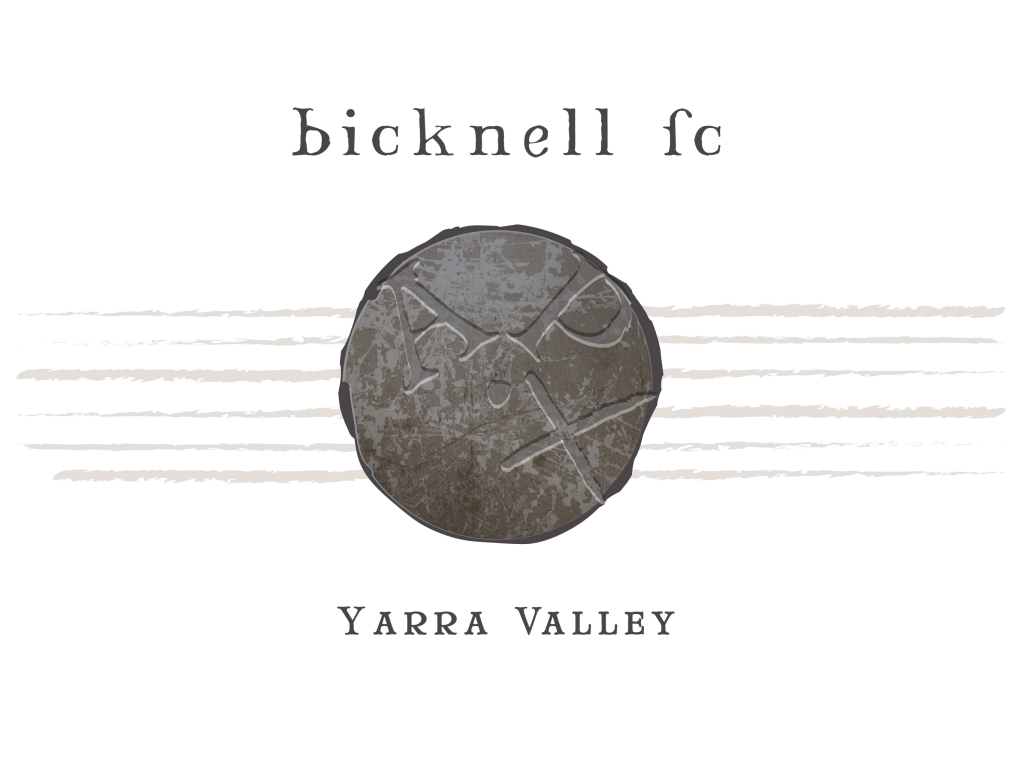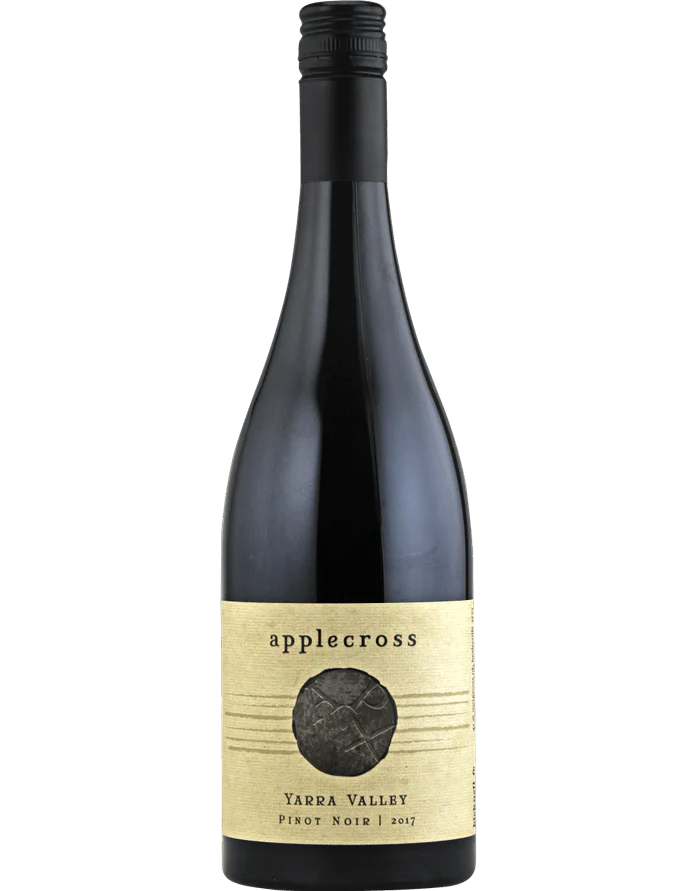
Bicknell FC
Yarra Valley, Victoria
SUSTAINABLE - MINIMAL INTERVENTION - VEGAN
David Bicknell has been a driving force in the Yarra Valley for over 20 years, first with De Bortoli in 1992 before leading Oakridge, where he redefined Australian Chardonnay. Inspired by Burgundian techniques, his wines are lean, concentrated, and complex, earning him the Gourmet Traveller Winemaker of the Year Award (2017). Known for his uncompromising pursuit of elegance and terroir expression, his focus has shaped modern Australian wine.
Nicky Harris, a skilled viticulturist, worked at Henschke, Seppelt, and Coldstream Hills before joining Bicknell FC. Her deep understanding of Yarra sub-regions led to securing the Applecross vineyard, planted in 1988 on terra rossa over limestone in Gladysdale (350m elevation). With 1Ha of Chardonnay and 1.5Ha of Pinot Noir cropped low at 3,660 vines/Ha, the vineyard produces truly artisan wines that reflect both site and philosophy—elegant, refined, and terroir-driven.
2022 BICKNELL FC APPLECROSS CHARDONNAY
Winemaking follows previous seasons – passively chilling the fruit overnight in a cool room, whole bunch pressing directly to 500 litre puncheons for fermentation. Fermentation occurring naturally and progressing to dryness over a three-week period.
Once complete, sulphuring on its fermentation lees, and leaving until January 2019, when the vessels were blended into tank prior to bottling. Other than SO2, no additions were made to the wine. 280 dozen were bottled in February 2019.


2022 BICKNELL FC APPLECROSS PINOT NOIR
Likewise, the fermentation followed a similar route – naturally starting after 3 days and progressing through the next 14 days with just the odd pump over and some hand pigeage until fully dry. We then left the wine on skins for a further 2 days of maceration before pressing and transferring to barrels. We included one new 225 Lt barrique, so 15% second fill, 13% 3 years old, with the balance over 7 years of age. The wine completed malolactic fermentation in April, and was sulphured on its lees, where it remained until blending in January. Other than SO2, no additions were made to the wine